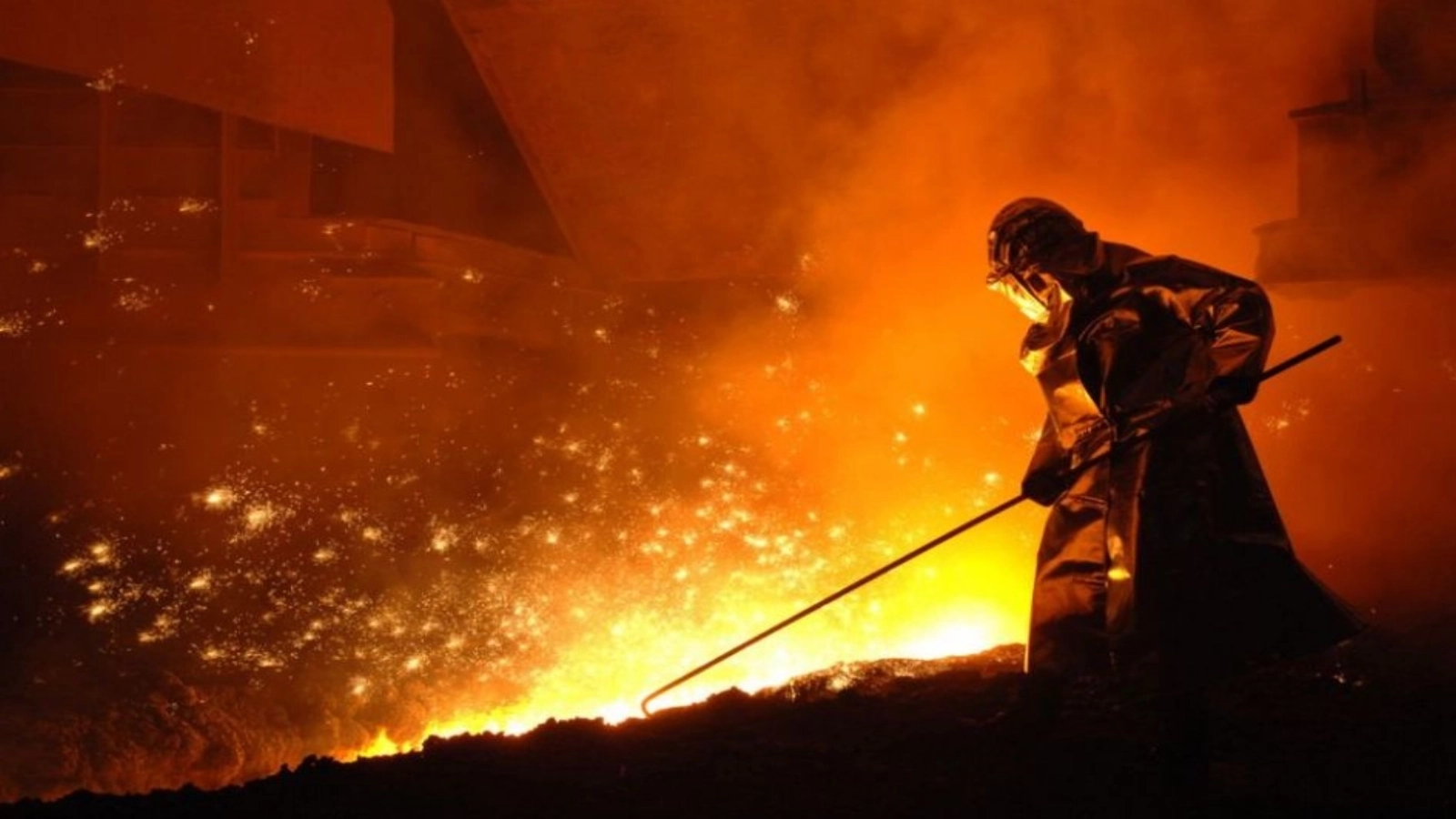Romania's crude steel production stood at 3.62 million tons in 2018, up 5.3 percent from the year before, according to the data centralized by the National Institute for Statistics (INS) potrivit Agerpres.
In 2018, compared to 2017, most raw material inputs have risen. The consumption of pellets for furnace production increased by 11.2 percent. There have been increases in the consumption of iron ores and concentrates (+ 8.7 percent) and the consumption of ferrous conglomerate (+ 4.8 percent), which have led to an increase in the production of blast furnace by 8,9 percent. There is also an increase by 3.6 percent in the consumption of ferro-alloys for the production of crude steel, which is also reflected in the increase of crude steel production by 5.3 percent against 2017.
Investment spending in the metal processing sector declined by 10.2 percent in nominal terms from 2017.
Gross energy consumption in the metallurgical sector recorded a 1.2 percent increase compared to 2017, while the electricity supply was up 0.1 percent. The electricity supply stood at 2,735.1 GWh, up 0.1 percent from 2017 and this was almost entirely ensured by the national system.
Of the total electricity used in the metallurgical sector, the internal consumption of the units accounted for 86.7 percent (2,371.1 GWh). Consumption of equipment and steel plants was 1,891 GWh (79.8 percent of consumption), with 480.1 GWh (20.2 percent) being used by auxiliary plants and domestic services.
By type of equipment and steel plants, the largest share of energy consumption was recorded by the electric melting and continuous casting furnaces (688.6 GWh, 36.4 percent, respectively), followed by rolling mills (560.4 GWh, namely 29.6 percent) and steel production capacities (445.2 GWh and 23.5 percent, respectively).
Gross energy consumption in the metallurgical industry in 2018 stood at 59,861.6 TJ, increasing by 1.2 percent against the previous year. Thus, 50.7 percent was used for the furnace load preparation section, 20.9 percent for other uses, 8.9 percent for the cast iron production, 9.3 percent for steel production and 5.6 percent for rolling mills.
In terms of resources used in the metallurgical industry, in 2018, solid fuels held a weight of 51.2 percent (50.6 percent in 2017), gas fuels 33.1 percent (33.5 percent in 2017) and electricity accounted for 14.1 percent (14.3 percent in 2017).
Of total solid fuels, 60.3 percent is represented by coke, the main fuel used in the metallurgical industry.
Romania's crude steel production up 5.3 percent in 2018
Articole Similare

12
President Dan: Romania is firmly committed to continue the fiscal consolidation
12

14
IMM România respinge introducerea obligativităţii legalizării de către notar sau atestării de avocat a hotărârilor AGA
14

17
Chief of Defense Staff at Elisabeta Palace to discuss security of EU and NATO's eastern flank
17

12
The two Ukrainian saboteurs remain in preventive custody
12

10
Vietnamese Ambassador Do Duc Thanh meets Brasov Deputy Mayor; discussions on cooperation in tourism and economy
10

10
Chamber of Deputies' Culture Committee passes bill establishing 29 October as 'Queen Marie Day'
10

16
Tribute exhibition highlighting Queen Marie's connection with aviation and Dobrogea history to open in Constanta
16

20
Oana Gheorghiu, proposed Deputy Prime Minister of the Government
20

16
StateSec Busoi says storage obligations under NZIA are not economically justified for Romania
16

17
President Dan on coalition: Many of the current tensions could have been avoided by all sides
17

31
PSD's Grindeanu on magistrates' pensions: PSD and I want to try to unblock things
31

16
President Dan: Law regarding magistrates' pensions will pass; I am convinced it will pass
16

15
European Commissioner Dombrovskis says fiscal sustainability is key to Romania's economic growth and quality of life
15




















Comentează